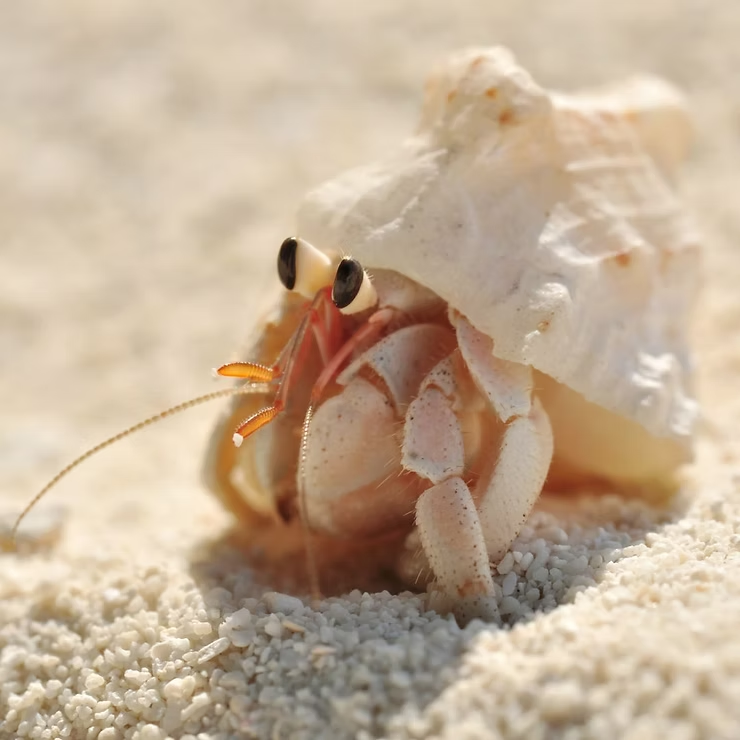Introduction
The ocean is home to an astonishing variety of life, from the tiniest plankton to the largest whales. Among its most fascinating residents are marine invertebrates—creatures without backbones that form the foundation of countless ecosystems. This article explores the diversity of these species, their ecological significance, and the challenges they face in a rapidly changing world. Along the way, we will touch on the history of marine biology, the role of marine forests, the critical importance of zooplankton, and the remarkable adaptations of invertebrates.
Key Takeaways
- Marine invertebrates include arthropods, cnidarians, mollusks, echinoderms, and more, each vital to ecosystems.
- Discoveries such as new mussel species highlight the need for continued marine exploration.
- Genetic diversity supports adaptability and conservation of species like the Manila clam.
- Human activities pose threats, emphasizing conservation, citizen science, and public education.
Diving into Marine Biology
History of Marine Biology
From ancient observations by the Greeks to modern deep-sea exploration, marine biology has evolved into a sophisticated science. Key milestones include the invention of diving technologies, the establishment of marine laboratories, and the use of sonar and remotely operated vehicles. Today, researchers continue to unravel mysteries of biodiversity and ecosystem health.
Marine Taxonomy
Taxonomy is the scientific system of naming and classifying organisms. In marine biology, it provides clarity and consistency, allowing scientists to study evolutionary relationships and protect species effectively. Accurate classification ensures that conservation strategies are rooted in scientific understanding.
Marine Ecology and Habitats
Seagrass Meadows
- Provide shelter and feeding grounds for countless marine species.
- Stabilize seabeds and improve water quality.
- Play a vital role in carbon sequestration.
Kelp Forests
Kelp forests are dynamic underwater jungles that absorb carbon dioxide, protect coastlines, and provide essential nursery grounds. However, they are vulnerable to climate change, pollution, and overfishing, underscoring the importance of conservation.
Mangroves
- Nurseries for fish, crustaceans, and countless marine organisms.
- Act as carbon sinks and natural storm barriers.
- Support biodiversity across land and sea.
Zooplankton: The Drifters of the Sea
Zooplankton play a central role in marine food webs, converting phytoplankton into energy for larger predators. Their daily vertical migrations, guided by light, cycle nutrients and influence carbon distribution. Studying zooplankton provides valuable insights into ocean health and the effects of climate change.
The Spineless Wonders
Arthropods
From shrimp to crabs, arthropods recycle nutrients, scavenge, and support higher food chains across all marine environments.
Cnidarians
Including jellyfish, corals, and anemones, cnidarians are essential to ecosystem balance. Coral reefs, built by cnidarian polyps, support immense biodiversity and act as indicators of ocean health.
Mollusks
Mollusks range from clams to octopuses, with new discoveries such as Vadumodiolus teredinicola highlighting the adaptability of marine life and its evolutionary history.
Echinoderms
- Sea stars regenerate limbs and regulate benthic communities.
- Sea urchins recycle nutrients and influence algal growth.
- Sea cucumbers contribute to sediment health and nutrient cycling.
Challenges and Conservation
Threats Facing Marine Invertebrates
- Plastic pollution and microplastic ingestion.
- Noise pollution disrupting communication and navigation.
- Habitat destruction and invasive species introduction.
Conservation Efforts
- Coral restoration and artificial reef creation.
- Sustainable fisheries reducing overfishing and bycatch.
- Community-driven cleanups and global anti-plastic campaigns.
Human Connections and Future Outlook
Marine species have shaped human culture, cuisine, and folklore for centuries. Yet, human activities now threaten the very ecosystems we rely on. Education and outreach, alongside citizen science programs, bridge the gap between science and the public, empowering individuals to contribute to conservation. Protecting marine invertebrates means preserving biodiversity, ensuring food security, and sustaining the oceans that sustain us all.
Conclusion
From clams anchoring seabeds to crabs scuttling across shorelines, marine invertebrates embody the resilience of life beneath the waves. Their diversity, ecological roles, and adaptations remind us of the ocean’s complexity and fragility. Safeguarding them is not only about protecting marine life but also about securing a sustainable future for humanity. The ocean continues to surprise, inspire, and challenge us—an endless source of wonder waiting to be explored.

